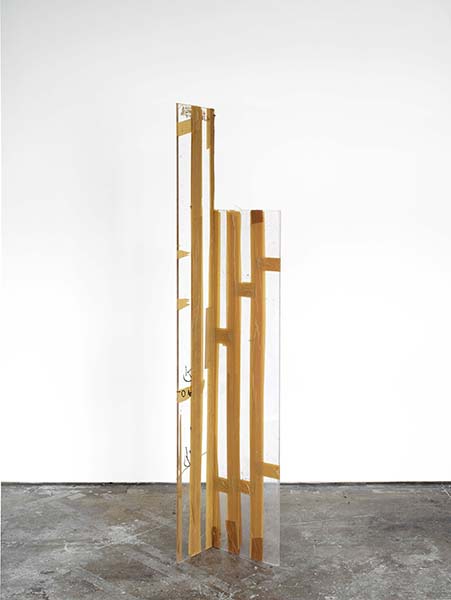Firstly, the vague memory of reading the transcript of a conversation that took place be- tween 3 or 4 British sculptors who were riding high at the time. It was probably the late 60’s, maybe 1967? The conversation was about Picasso and how they thought that he was the greatest sculptor going. They loved his audacity, his scant regard for the conven- tions of their subject, but above all else they credited him for introducing the speed of decision making common in painting to the sculptural sphere.
If there is any comfort to be gained from being a painter it’s the knowledge that, good, bad or indifferent your output is irrevocably art.
Some sculpture looks like art, some doesn’t.
Of course, confidence in oneself inspires the confidence of others, and to an extent, Picas- so’s early forays into sculpture were underwritten by his successes on canvas. In the same way, his more conventional triumphs paid for his iconoclasm.
The brand of art embodied by Picasso held that meaning in a work of art is intrinsic. The artist is the world; therefore meaning does not need to be sought.
An expansionist, Picasso was very good at recognising the limitations of a thing, the speed at which he did this could be said to be his genius. In understanding the perimeters of something one can analyse and exploit its possibilities more fully.
I am looking at a photograph of the Thomas Schütte sculpture ‘United Enemies’ from 1994 and it reminds me of a conversation I had with a friend recently. We were discussing famous rivalries and inevitably Matisse vs. Picasso came up. My friend made the point that a rivalry serves its participants well. People like intrigue, fights attract audiences and competition keeps rivals fit, each pushing the other further than they could otherwise go. My friend went on to talk about how exclusive a rivalry is. That once rivals recognise each other the rest of the world can go hang. Looking out of a rivalry, no one else is worth the attention.
I am not suggesting that Ib Braase and Maria Zahle are rivals. If anything, one is being a comfortable armchair for the other to sit in.
“More and more I seek to define sculpture as a place. Not as a statue but as a place. A place within which you can be in a spiritual way. It is a room, a place, an empty spot that I attempt to fill.”
Ib Braase, Skulpturelle Synspunkter, 1986


Follow
2010
perspex, tape
perspex, tape, marker pen
176 x 38.5 x 20 cm


Hollow
2010
plasteline clay
168 x 54 x 44 cm

Yellow
2010
perspex, tape
164 x 25 x 26 cm


J’aime le cheval
1970
bronze, wood, paint
40 x 67 x 20 cm

J’aime les planches (I love planks)
1970
bronze, iron, wood and paint
48 x 65 x 32 cm

J’aime
1970
wood, iron, bronze, paint
41 x 43 x 20 cm
